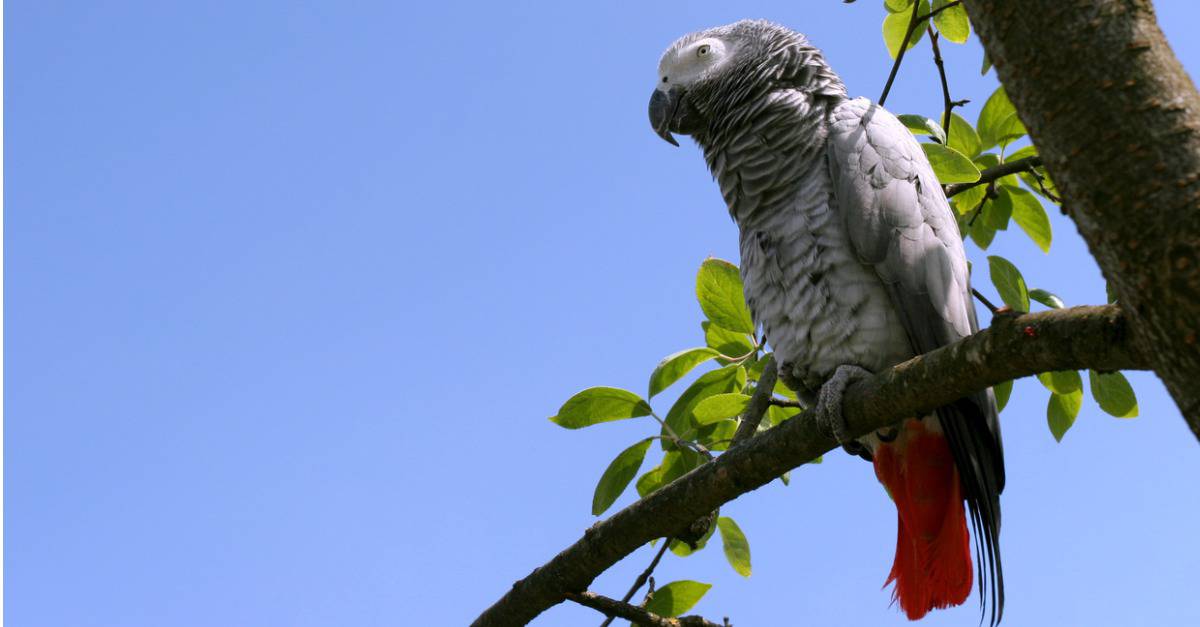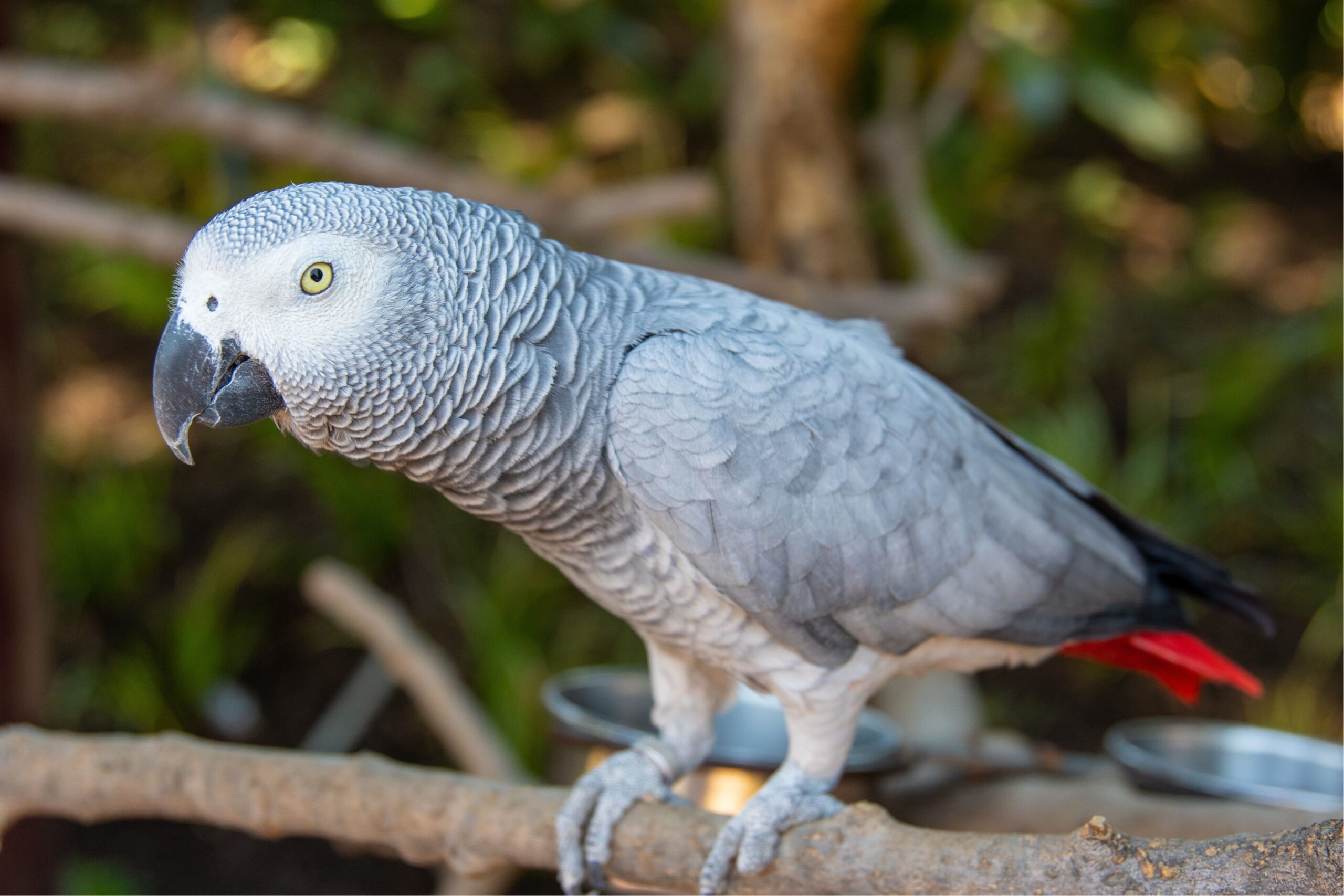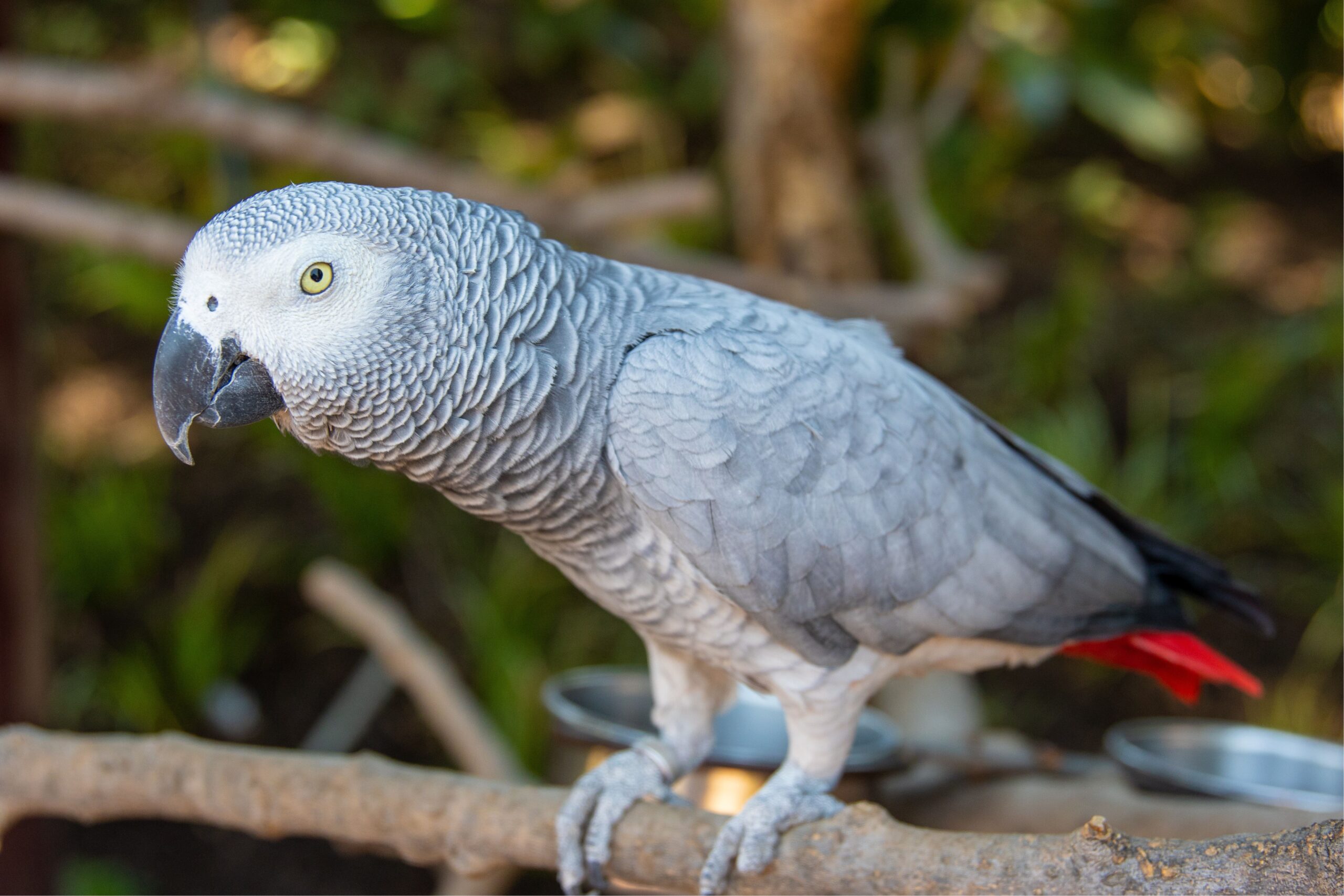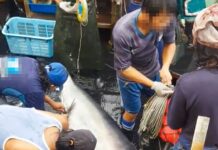By Omboki Monayo
Nairobi, Kenya: World Animal Protection (WAP) has applauded the Uganda Wildlife Conservation Education Centre for its decision to return some 55 African Grey Parrots caught up in the cruel, illicit wildlife trade to life in the wild.
The wildlife conservation and animal rights lobby has also rooted for renewed efforts to ensure that wildlife species continue to enjoy a peaceful, unharmed existence in their natural habitats.
“As World Animal Protection, we believe that African Grey parrots and all wild animals belong to the wild and nature offers the optimum conditions for them to thrive and repopulate. All we need is concerted efforts to preserve and protect their natural habitats,” said Ms. Edith Kabesiime, who is the Wildlife Campaign Manager at World Animal Protection.
June 19, 2023, WAP statement follows the Uganda Wildlife Conservation Education Centre’s move to release some 55 of the 119 parrots which were flagged off from the Uganda Wildlife Conservation Education Centre to be released to the wild at Kibale National Park in Western Uganda.
According to the avian website, datazone.birdlife.org, African Grey Parrots are currently estimated to be between 560,000 to 12.7 million, but the rise in human populations that often encroach on their habitats is piling pressure on their numbers.
Psittacus erithacus has a reported distribution “extending from southeastern Côte d’Ivoire east through the moist lowland forests of West Africa to Cameroon, and thence in the Congo forests to just east of the Albertine Rift, up to the shores of Lake Victoria in Uganda, Kenya, and Tanzania, and south to northern Angola, as well as on the islands of Sao Tomé and Principe and Bioko in Equatorial Guinea” the website reads.
Preliminary calculations based on forest cover and country-level population estimates by researchers Dändliker, Collar, and Fotso, subtracting estimates for P. timneh, suggest a global population of between 560,000 and 12.7 million species individuals. Local population declines have been noted in Burundi, Cameroon, Ghana, Kenya, Nigeria, Rwanda, São Tomé and Príncipe, Uganda, Congo, and the Democratic Republic of the Congo, and in the best-documented instances such declines have been very severe.
In all of these declines, trapping for the wild bird trade has been implicated, with habitat loss also potentially having significant impacts throughout West and East Africa. A 2016 UNEP report estimates that over 1.3 million wild-caught individuals of P. erithacus and P. timneh entered the international trade from 1982 to 2014.
African Grey Parrots can survive for around 23 years in the wild but have been known to last up to 60 years in captivity.
The species with a unique silver-grey plumage is also known as the Congo grey parrot, grey parrot, or the Congo African grey parrot.
In April 2022, 122 members of the parrot species known as psittacus erithacus were seized from traffickers operating near Bunagana, located at the border of Uganda and the Democratic Republic of Congo (DRC).
 Acting on intelligence information received about a suspected trafficker from Kinshasha, the enforcement agencies swiftly intervened to protect the birds from the insensitive and often deadly grip of the illegal wildlife trade.
Acting on intelligence information received about a suspected trafficker from Kinshasha, the enforcement agencies swiftly intervened to protect the birds from the insensitive and often deadly grip of the illegal wildlife trade.
By the time the wildlife officers caught up with the birds, three of them had died. The enforcement agencies took the remaining 119 to Uganda Wildlife Conservation Education Centre for close monitoring and rehabilitation before releasing the fully fit ones to the wild.
In a statement celebrating the grand gesture towards nature, Ms. Kabesiime said the parrots are endangered species that need to freely live in the wild in order for their population to grow and thrive.
Ms. Kabesiime added that the center had acted in accordance with the dictates of conservation that fosters sustainable wildlife existence, as the birds were subjected to a life of ill-treatment once taken into captivity.
“We applaud the Uganda Wildlife Conservation Education Centre for doing the only right thing – of rehabilitating and releasing the birds back into the wild where they rightly belong,” said the conservationist and animal rights advocate. “African grey Parrots are the most traded wildlife species to feed the inhumane pet trade industry. Their capture from the wild is torturous, painful, and disgusting to say the least,” she went on.
This significant rescue and release of the parrots have further spotlighted the urgent need to end wildlife trafficking and strengthen enforcement measures for the survival of endangered species.
The trade-in African Grey Parrots remains a prohibited activity since the 2016 ban formalized and announced by the Parties to the Convention on International Trade in Endangered Species (CITES). They are categorized as Appendix 1 species.
However, the trade in these distinctive birds is still allowed for the parrots raised in CITES-registered captive facilities.
Conservationists are now asking the government and private stakeholders in the conservation sector to step up the fight to ensure that they protect and nurture the continent’s rich treasure trove of biodiversity that includes terrestrial mammals, reptiles, and avian life.
“We call upon governments, organizations, and individuals to take immediate action and unite against wildlife crime and commercial captive wildlife breeding. It is our shared responsibility to protect our wildlife and allow them to thrive in their natural environments,” Ms. Kabesiime said.
Due to the complexity of wildlife crime, experts have warned against giving individuals and organizations the green light to breed CITES Appendix 1 species in captivity, as it offers no conservation benefits and only fuels the poaching of wild species for breeding farms.
“It is crucial that UWEC releases back into the wild the remaining sixty-four birds they are still holding in captivity and should never consider or encourage commercial captive breeding for the local and international pet market. Commercial wildlife breeding, legal or illegal is inherently cruel, serves no known conservation benefits, and is a serious public health risk as birds and wildlife in general can be a source of dangerous zoonotic diseases.” Ms. Kabesiime told Talk Africa.














